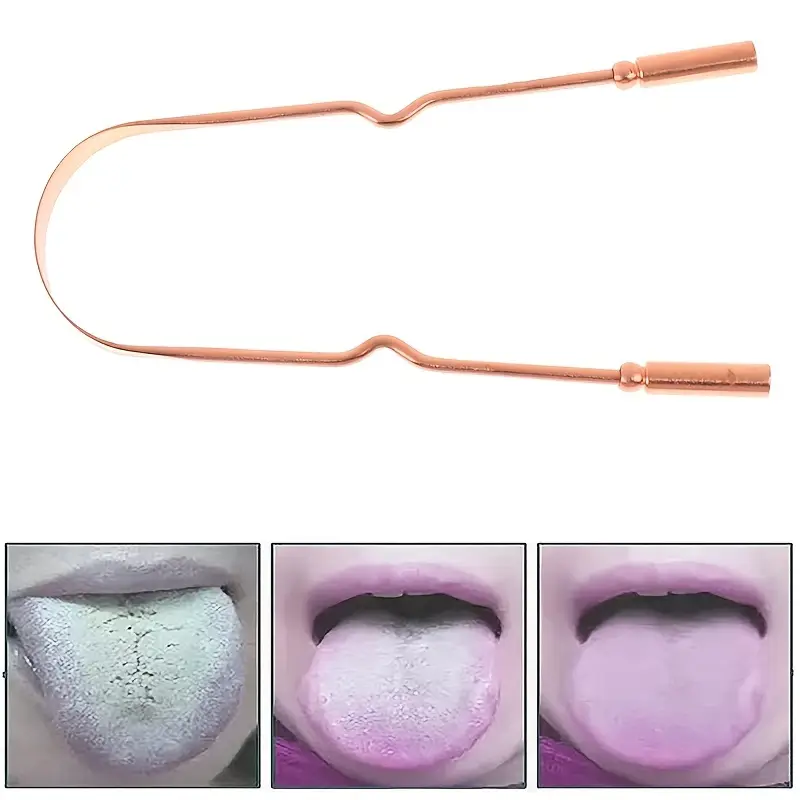Tooth Filling Falls Out: Fix Options

Losing a tooth filling can be a frustrating and sometimes painful experience, especially if it happens unexpectedly. The first step is to remain calm and assess the situation. If you’ve lost a filling, it’s essential to take action to protect your tooth from further damage and potential infection. Here’s a step-by-step guide to help you navigate this issue and explore your fix options.
Immediate Actions
- Assess the Situation: Check the filling that has come out. If it’s still intact and clean, you might be able to temporarily reinsert it, but this is not a recommended long-term solution.
- Clean the Area: Rinse your mouth with warm water to remove any debris. You can also use a saltwater rinse (1⁄2 teaspoon of salt in 8 ounces of water) to help reduce swelling and kill bacteria.
- Apply Temporary Fix: You can purchase a temporary dental filling material over-the-counter at most pharmacies. Follow the instructions carefully to apply this material to the affected tooth. This is not a permanent solution but can help alleviate discomfort until you can see a dentist.
Permanent Fix Options
New Filling: The most common fix is to get a new filling. Your dentist will examine the tooth to determine the best type of filling material (amalgam, composite, gold, or ceramic) based on the location of the tooth, the size of the filling, and your personal preference.
Inlay or Onlay: If the filling was large or the tooth is significantly damaged, your dentist might recommend an inlay or onlay. These are custom-made, tooth-colored restorations made in a dental lab. Inlays are placed inside the tooth’s cusp, while onlays cover the entire surface, including one or more cusps.
Crown: For extensive damage, a dental crown might be necessary. A crown is a cap that covers the entire tooth, restoring its shape, size, and strength. Crowns can be made of various materials, including porcelain, ceramic, or gold.
Root Canal: If the tooth is severely decayed or damaged, reaching the pulp (the soft tissue inside the tooth containing the nerve and blood vessels), a root canal may be required. This procedure involves removing the infected pulp, cleaning and disinfecting the canal, and then sealing it.
Preventive Measures
- Regular Check-ups: Regular dental check-ups can help identify potential issues before they become major problems. Aim for a check-up at least twice a year.
- Good Oral Hygiene: Maintain good oral hygiene by brushing your teeth at least twice a day and flossing once a day. This helps prevent decay and reduces the risk of fillings falling out.
- Avoid Hard Foods: Be cautious with hard or sticky foods, as they can dislodge fillings. Avoid chewing ice or hard candy, and try to eat sweets and hard foods in moderation.
Conclusion
While losing a tooth filling can be alarming, there are several fix options available, ranging from simple re-filling to more complex restorations like crowns or root canals. The key to minimizing damage and discomfort is acting quickly and consulting a dental professional. By understanding your options and taking preventive measures, you can ensure the health and longevity of your teeth.
What should I do immediately if a filling falls out?
+Rinse your mouth with warm water, and consider using a temporary dental filling material available at pharmacies until you can see a dentist.
Can I temporarily fix a lost filling myself?
+Yes, you can use over-the-counter temporary dental filling material. However, this is not a substitute for professional dental care, and you should see a dentist as soon as possible.
How can I prevent fillings from falling out in the future?
+Maintain good oral hygiene, avoid chewing on hard or sticky foods, and attend regular dental check-ups. These practices can help identify and address issues before they lead to lost fillings.


